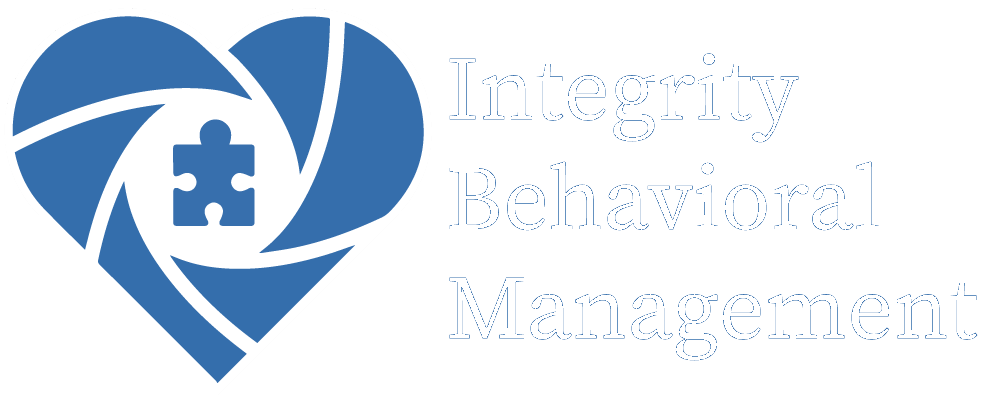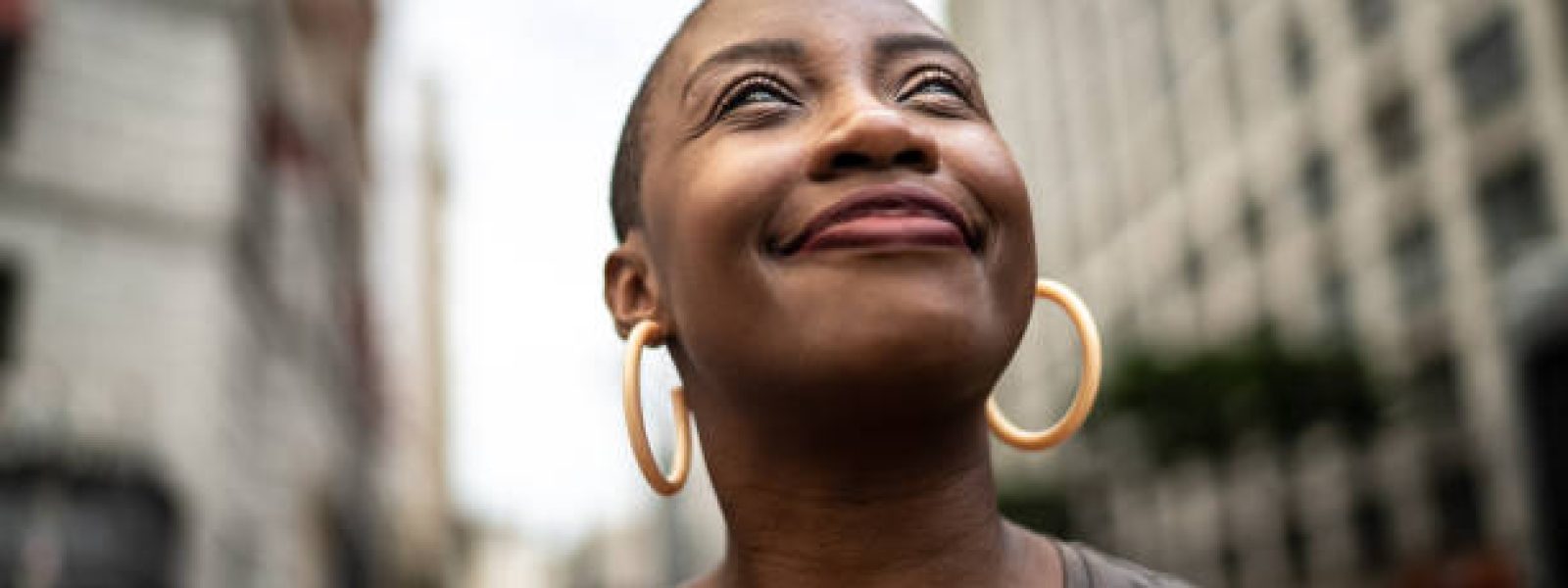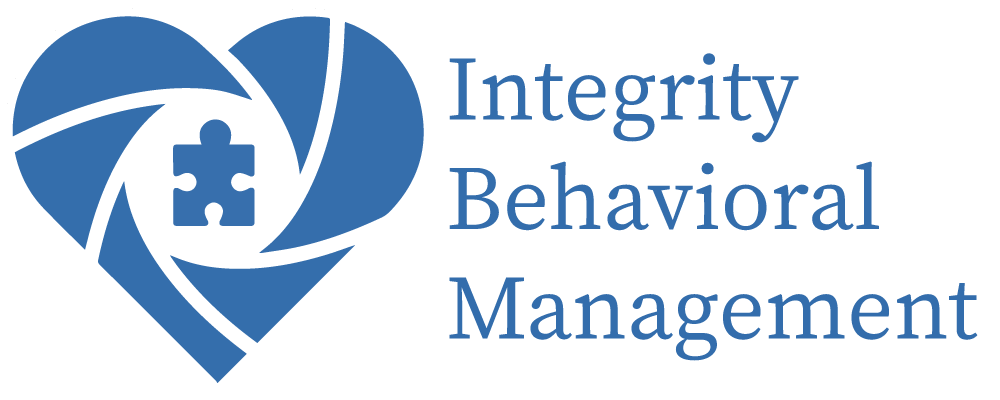Spotting triggers is a key step in managing recovery from substance use disorders (SUD). Triggers can be internal (thoughts, feelings, physical states) or external (people, places,situations). Here are some ways to notice them.
1. Slow Down and Observe
Recovery often moves fast—new routines, emotions, and challenges. Pausing to check in with yourself (through journaling, meditation, or even a two-minute body scan) helps you spot what situations or feelings tend to spark cravings.
Practice: Ask yourself at least once a day:
- “What moments today made me feel uncomfortable or restless?”
- “Did I notice an urge? What was happening right before that?”
2. Use Cravings as Clues
Instead of seeing cravings as failures, treat them like warning lights. When a craving hits, ask:
- Where am I?
- Who am I with?
- What just happened?
- What am I feeling physically and emotionally?
Often, the answer reveals the trigger.
3. Track Emotional Shifts in Real Time
Many triggers hide inside emotions. Recovery brings new feelings that substances once numbed. Notice:
- Stress or overwhelm after work
- Excitement before celebrations
- Loneliness at night
- Shame after a mistake
Recognizing these early gives you a chance to use coping skills before acting on the urge.
4. Identify People, Places, and Things
Old friends who use, certain neighborhoods, or even payday can be subtle triggers. Pay attention when you feel uneasy or your mind drifts to “just one.”
Tip: Keep a list of “high-risk” people and places and note when you’ve been around them.
5. Use the HALT Check-In
When you feel restless or pulled toward old habits, ask:
- Am I Hungry?
- Am I Angry?
- Am I Lonely?
- Am I Tired?
These states often disguise themselves as cravings.
6. Notice Routine Transitions
Recovery involves a lot of “in-between” moments—finishing work, ending therapy, weekends with no plans. These transition times can be sneaky triggers.
Awareness cue: If you feel bored, empty, or unsure what to do, that’s often when triggers sneak in.
7. Keep a Trigger Journal
Write down urges, slips, or close calls. Even just jotting the time, place, emotion, and thought gives clarity. Over time, you’ll see patterns like:
- “Most of my cravings come at night when I’m alone.”
- “Paydays are a high-risk time.”
In recovery, triggers don’t disappear, but with the right help and training, you will notice them earlier. The more you pay attention, the better you can treat them as signals, not commands.





